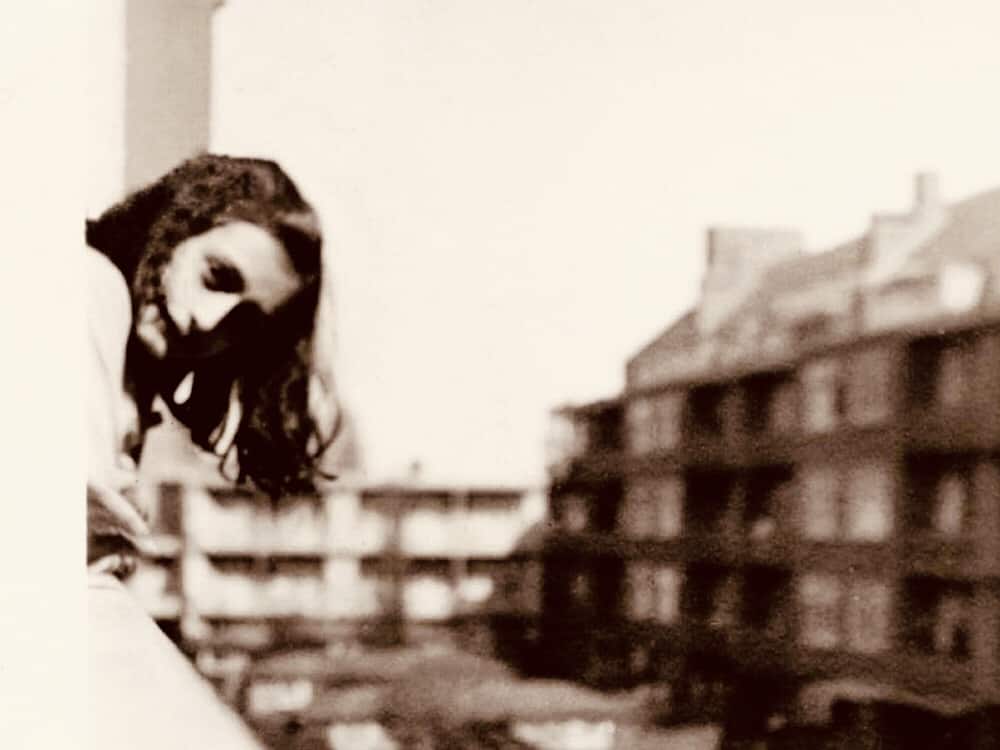Our History
Grounded in Hope and Action from the Beginning.
The Anne Frank Center USA traces its roots to the efforts of Anne Frank’s father, Otto Frank, who sought to preserve his daughter’s legacy. In the 1950s, Otto Frank worked tirelessly to raise funds in the U.S. to support the restoration of the Anne Frank House in Amsterdam. His determination led to the establishment of the Anne Frank Foundation in New York, which was dedicated to raising funds for this cause. Key figures such as Senator John F. Kennedy and former First Lady Eleanor Roosevelt supported his mission, and Otto Frank’s efforts proved successful when the Anne Frank House opened its doors to the public in 1960.
As the movement to honor Anne’s legacy gained momentum, the Anne Frank Foundation evolved into the Anne Frank Center USA, securing official 501(c)(3) nonprofit status in 1977. Under the leadership of Holocaust survivor Jack Polak, the organization grew to become a powerful voice for combating prejudice and promoting tolerance. Polak’s tireless work on behalf of the Center earned him a knighthood by Queen Beatrix of the Netherlands in 1992, acknowledging his lifelong commitment to the values Anne Frank stood for.
While the Anne Frank Center USA has evolved over the years, its mission remains firmly rooted in Anne Frank’s enduring legacy – a message of hope and resilience to empower the next generation.
Today, our decentralized structure means we’re able to direct most of our funds toward educational programs and outreach, ensuring that the impact of our work is felt far and wide, and allowing us to amplify Anne Frank’s message to more communities across the country.
Join us in Shaping the Course of History.


The Future is in Our Hands.
The issues surrounding antisemitism and bigotry are more urgent than ever, and the need for powerful and transformative programs that inspire meaningful action has never been more critical. Your support will allow us to put more of our programs into action right now.